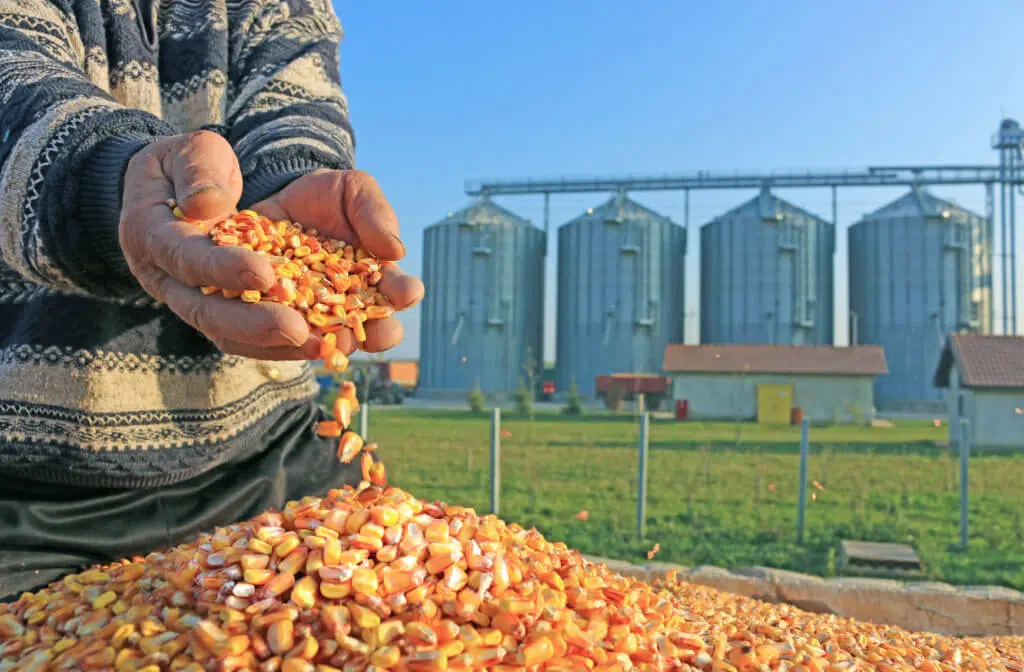There is an age-old saying with timeless implications, ‘There is no use crying over spilt milk.’ Down the years, many people have taken note and applied this to various aspects of their lives. However, spilt milk and spoiled milk are the subject of completely different conversations. The one implies that we should not worry about things that we no longer have control of, while the other teaches us the importance of ensuring complete control so that we never have to worry in the first place. The correct storage and preservation of grains to prevent the presence of mycotoxins in stored grains can often be like spoiled milk – avoidable if all goes well, but requiring vigilance throughout the storage and preservation processes.
What’s the difference?
A reasonable distinction can be drawn between the types of mycotoxin produced as a result of on-field fungal growth and those produced during the storage of various grains. The difference is not usually due to the taxonomy of the fungi, but rather to exposure to conditions favourable to growth. Storage fungi have become well adapted to growing under conditions of limited moisture, as well as drawing nutrients from undesirable foreign objects, such as debris, dirt, and other plant material that have slipped through filters. This does not necessarily exclude the presence of fungi generally grown on-field, as these fungi may have already been produced on-field and then carried over to the storage phase of the production cycle. Fungi that flourish in low-moisture storage conditions include Aspergillus niger, which produces classes of mycotoxins such as fumonisins and ochratoxins. Increases in the moisture content above 16% are known to lead to the production of other fungal species, such as Penicillium spp. and Aspergillus flavus, the aflatoxin-producing fungi
known for their common presence throughout the world, often leading to the spoilage of large quantities of grain.
What’s the plan?
My grandmother always told me that putting half a teaspoon of baking soda in a boiling pot of milk, controlling the heat well, and making sure it cooledwould help fresh milk last for weeks. As my grandmother implied, careful preparation and planning, together with optimal control and accuracy will never let you down. The same principle can be applied when ensuring minimal contamination of mycotoxins in stored grains.
Correct harvesting methods are essential in preventing possible mycotoxin storage growth. Broken kernels and contaminants, as well as incorrect drying methods, open the back door for contamination. The correct preparation of storage facilities includes cleaning out silos or bins of any dirt, debris, or leftover grain from the previous season. Correct grain storage also includes proper ventilation, as well as complete temperature control throughout the entire silo or bunker so as to discourage fungal growth through these moisture controlling procedures.
Managing moisture correctly can often be a tricky process, but it can be made easier through a few quick control methods. These methods may vary per operator, but could include blending grains with slightly higher and slightly lower moisture contents in an attempt to find a good overall balance. Other methods include batch drying, continuous drying, and/or aeration cooling.
Conclusion
Careful preparation, constant vigilance, and a good understanding of the critical components in storage procedures are vital in ensuring the longevity of stored grain and creating an all-round barrier as a protection against an enemy that is well adapted not only to survive, but also to thrive in a range of environmental conditions. When one looks at mycotoxins, there is undoubtedly a reason to cry over spoiled milk, as the consequences could be felt for a long time.
Make sure you also read the other articles in this series: Mycotoxins on pastures – a very real threat and Mycotoxins in silage – the silent thief.
Heinrich Jansen van Vuuren holds a BSc in animal science from the University of Pretoria and is the team lead for amino acids, companion animals, and aquaculture at Chemuniqué.













great article, well done Heinrich.